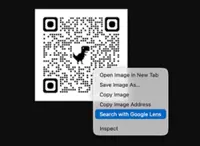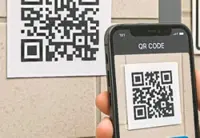Timely move: A traveller scanning the QR code in her phone to clear immigration. — THOMAS YONG/The Star
JOHOR BARU: The implementation of the QR code immigration clearance system at the land checkpoints here was timely, with Visit Johor Year 2026 programme kicking off in 18 months, say tourism industry players.
They said ensuring smooth traffic at the border between Johor and Singapore would be crucial for the state to hit its target of attracting over 12 million visitors in 2026.





